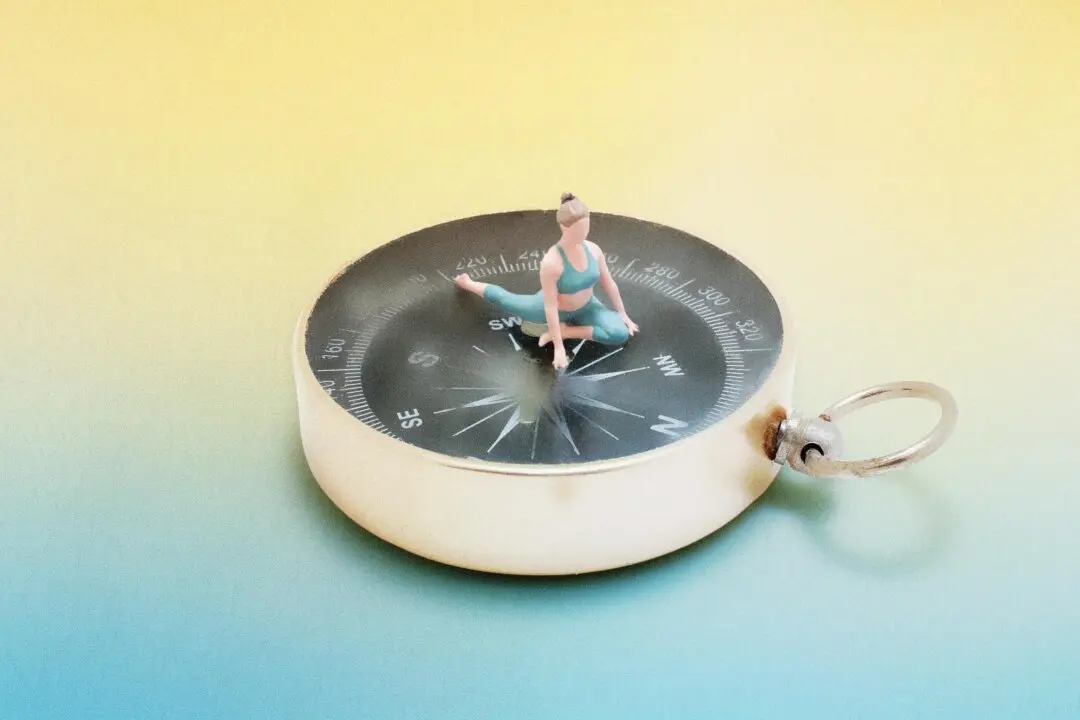Procrastination starts from avoiding something out of fear. Then it becomes a pattern that hardens into a habit. We reinforce this procrastination habit through years of practice—and it hurts us in so many ways.
The procrastination habit can affect all areas of life, leading us to avoid taking concrete actions that improve our situation:
- Dealing with our finances head-on
- Establishing healthy habits (exercise, diet, regular checkups)
- Maintaining healthy relationships (avoiding difficult conversations)
- Creating meaningful work
- Decluttering and simplifying
- Getting to places on time
- Learning new things






